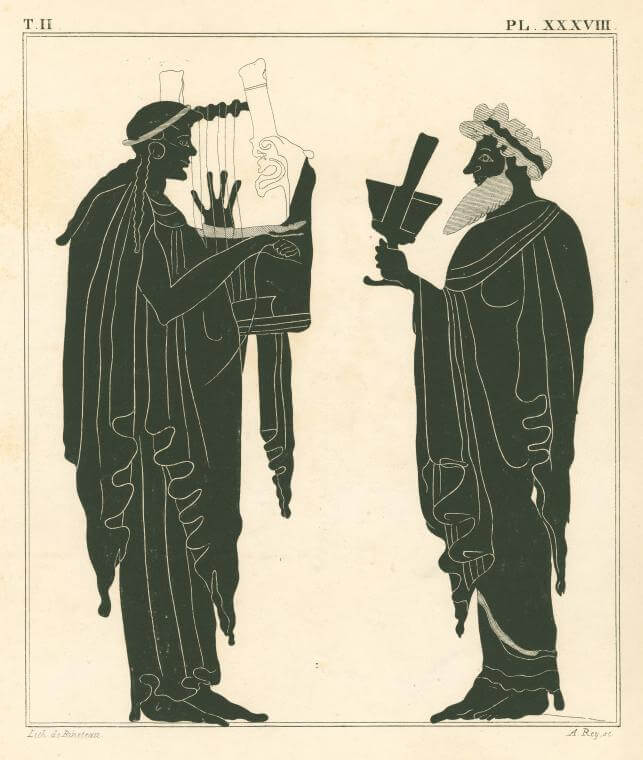A great misconception associates lexicality with verbal means of information consumption and communication, and impressionism with more visual and auditory ones. But is it forgotten, or taken for granted, that the visual, or the sound itself may have a varying frequency of outputs when it’s about how clear, structured, and distinctive it is? Surely is a field like geometry not a matter of the impressionistic mind, as the openness to structure, and free or fluid lines are what the impressionist may prefer exploring and communicating through. Imagination can be highly technical as well, so a very imaginative and highly lexical person isn’t ruled out, but such a person’s imagination would obviously have much more clarity and conscience than the abstract, or vibe-focused impressionist’s.
Extreme lexicality, however, would prefer codifying and formulising the imaginable, or having a presented way of codifying, if extreme verticality is assumed alongside. And even for the impressionist, verbality isn’t ruled out as means of communication and consumption, but categorised as non-pictorial gibberish, if speaking about the extremes. The common person’s keyboard-smashing would be the extremely impressionistic individual’s relation with words in general. Even with image and sound would they be much more random and spontaneous. And it is also to be noted that the social standards are considered when speaking of the extremes, as even an extremely impressionistic individual would have to comply with established processes of communication, but the consumption, at its core, would remain the same.
It is also incorrectly believed that lexicality and impressionism are a dichotomy of established details vs holistic and bigger picture overview. This too can be debunked with the very existence of the lateral lexical, and the vertical impressionistic quadrants. Laterality would question the very merits of the established ways of referring to concepts and ideas, while verticality would focus a little too much on the here-and-now (the manifested state of things) to care about any bigger picture or anything holistic altogether. Established details vs holistic consumption can in fact be thought of as a diagonal between vertical lexicality and lateral impressionism. For such misconceptions to vanish with clarity, one may need examples of how the manifestation of the essence, not the traits, of all the quadrants, presents.
While the vertical lexical (C) would prefer having an established set of rules and data to communicate and perceive information, the lateral lexical (B), who would keep on considering alternatives of the within of everything, would prefer codifying for self and follow those equations or formulas. We can say that while both structure data, and draw the lines, the lateral lexical (B) is much more subjective at codifying, while the vertical lexical (C) is a much more objective follower of transcripts. The former always has its own algorithms to provide, while the latter sticks to the very reality of all the available data, and referring to with established terms.
The vertical impressionist (D) would express what the moment makes them feel like, and the overall vibe or the impulse of the moment is what they perceive and express inherently. Sports, instruments, fun, painting. Anything tangible and spontaneous can be associated with the vertical impressionist (D). Lateral impressionists (A), on the other end, seek the spontaneity of the core essence of concepts, and unlike lateral lexicals (B), they don’t seek any permanent structures to refer to the concept to and would see all data in a fluid, chaotic manner, connected through a whole. The very existence of codifying ideas would seem absurd to the extremely lateral impressionist (A), as the interconnections would remove chaos from the mysterious abstractions, that they thrive in and express.
The diagonal of vertical lexicality (C) and lateral impressionism (A) can also be compared with what Friedrich Nietzsche considered Apollonian and Dionysian. The former sought to eliminate chaos with order, and in the more tangible, manifested manner. The latter knew the within and the intangible answers in the chaos to such a degree, that any action (besides the constant consumption of the non-static chaos), be it external or internal, was considered baseless.

Comments
Post a Comment